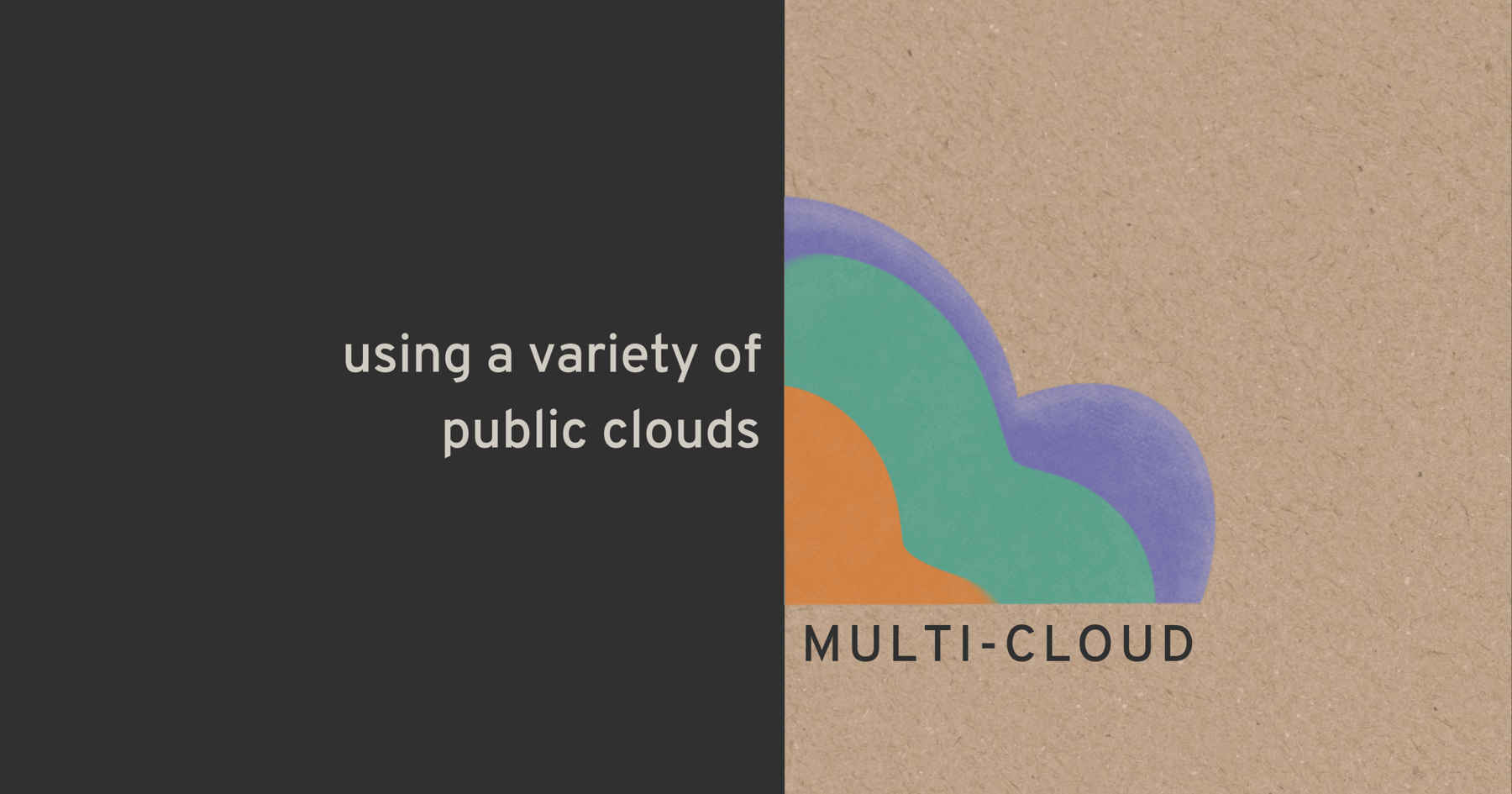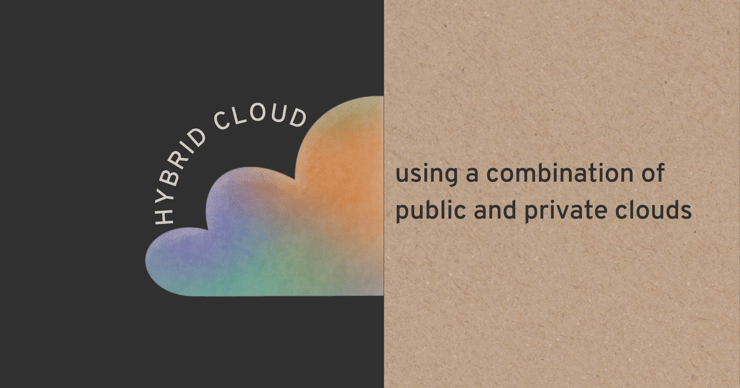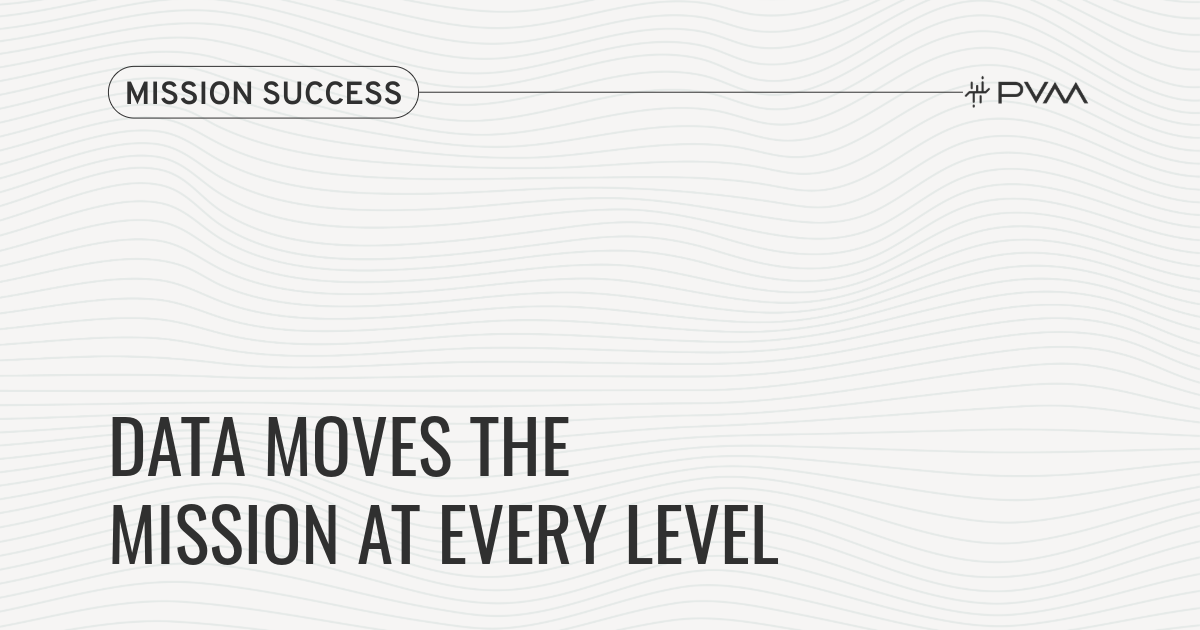Meet Terrence Alexander: Former CDC Fellow and Current PVM Data Scientist
We sat down with Terrence Alexander, Data Scientist at PVM. His path from Memphis to the CDC — and now to PVM — reflects a career built on curiosity,...
I NEED HELP WITH...
I'M WORKING WITH...
INDUSTRIES

At PVM, we have extensive experience unlocking the power of data and helping our clients achieve their missions in federal, state, and local governments, as well as commercial sectors. In today's data-driven world, organizations across all sectors recognize that their success hinges on harnessing the full potential of their data.

ABOUT US
TECH PARTNERS


The end of on-premise servers has arrived. Everyone should be moving into the cloud. But for any organization looking for software development engineers specializing in cloud architectures, checking all the right boxes can be daunting. What if you want to reap the benefits of a public cloud but need to meet the regulatory requirements of a private cloud? What if you want the storage, agility, and remote capabilities offered by the cloud, but need immediate and uninterrupted access to data that an on-site data center offers? For these reasons, it is becoming increasingly popular for businesses to opt for multiple clouds in their infrastructure.
This can take the form of either a hybrid cloud or a multi-cloud. These terms might sound similar, and it can be easy to confuse them, but it’s important to understand what they are in order to make the right choice for your organization.

A multi-cloud is when your organization relies on more than one cloud vendor, such as AWS, Microsoft, and Google. The most common and easily understood version of this is when you have many different apps, or Software as a Service (SaaS): perhaps you use Microsoft Teams to host meetings, Salesforce to gather and store sales data, and DropBox for file storage, all at once. These apps operate independently of each other, and it’s up to you to synthesize their usage into a set of functional processes and strategies.
The biggest reason the multi-cloud approach is popular is that you aren’t locked into a single vendor for everything; you can shop around and get the best-in-class service or most affordable offer for each app. If your different departments have strong preferences about one app or another performing the same task due to how they use it differently, you can get both. And if something better for one app comes along, you’re not locked in just because you still like another app; you can switch just that one and experience minimal growing pains for it.

In cases where you’re using more than one Warehouse as a Service (WaaS) in your multi-cloud, it might be because you have data so critical that you need ironclad redundancy, so if one cloud fails, you have your backup. Additionally, some industries are subject to local regulations and might use multiple clouds in order to meet the needs of different geographic regions.
A Hybrid Cloud is something a little more specific and calculated in its design. While a multi-cloud can arise naturally as a result of businesses shopping around for services that meet their needs, a hybrid cloud is a deliberate structural undertaking in order to meet a specific need: part of you is on a public cloud, and part of you is not, but those parts are working together.
A hybrid cloud includes at least one public cloud, such as AWS, working in concert with either a private cloud or an on-site data center. The key difference from a multi-cloud, in this case, is that the components here are not operating totally independently; these separate pieces share a space in the infrastructure to interact with each other and form a unified system.

So while multi-clouds leverage multiple services to address granular tasks (picture a shopping mall with many different stores offering many different products), hybrid clouds are a fusion of public and private architecture (picture a city building with a storefront you frequent on the ground floor and a condo above it that you own privately).
Hybrid clouds have been coming into vogue recently as an option for businesses that want to get on the cloud (especially given the ongoing need for at least some remote work), but aren’t ready to migrate all of their operations yet. This reluctance often comes from concerns about security and regulations; ironically, industry behemoths like AWS have more resources than anybody to meet those requirements, and usually come out of the box ready to comply with most major legal standards. Even so, not everyone is comfortable diving into the deep end of new technology, meaning a hybrid cloud can serve as a helpful testing arena for the cloud-hesitant.
But there are other reasons to have a hybrid cloud, as they're likely here to stay. On-premises data storage still offers the fastest access on the market, especially when it comes to significant file sizes like videos. A streaming service might decide to have their front-end and popular titles on the cloud, but store their less popular properties in a data center where they won’t slow down processes. And, of course, due to the rapid iterative process of software development, a company might decide to use one cloud environment for testing and another for deployment.
PVM is an AWS Certified partner and is cleared to work in sensitive government spaces; whether you could use a helping hand with AWS cloud migration or any other cloud service, we’ve got your back. Contact us today to learn more.

We sat down with Terrence Alexander, Data Scientist at PVM. His path from Memphis to the CDC — and now to PVM — reflects a career built on curiosity,...

By Sydney Metzmaker Data can move the mission — and when it does, it’s one of the most powerful forces in government operations. When data flows...

By Bret Frederick When I was a young Marine, I worked as a systems administrator on the Marine Corp’s air battle planning system. It was part of a...